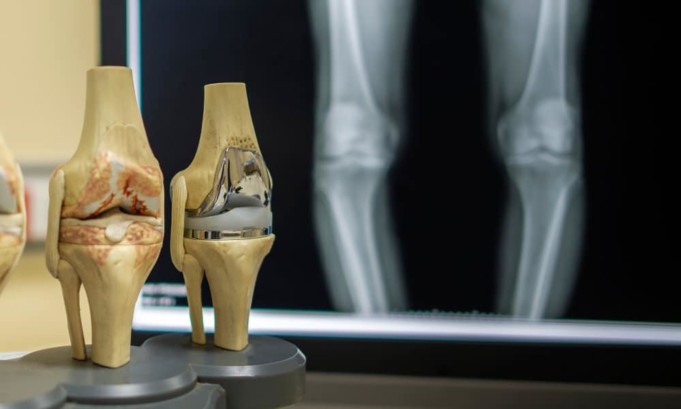Maintaining healthy and strong knees is an essential part of going about your daily activities. Sometimes only a single bad fall can prevent us from doing the activities we love, and knee replacement surgery may be the only solution to get back on the feet.
The estimated recovery time from knee replacement surgery is almost six to seven months, and it takes more than a year before one can return to physical activities or sports.
Knee replacement surgery is considered a complex operation. Its healing process takes a long time, and post-operative rehabilitation is not easy and should not be underestimated.
So for a healthy recovery, you need to take some precautions so you can return to a healthy life without taking a long time. So we are here to help you with tips to speed up your healthy recovery after the most common types of knee replacement surgeries.
1. Get Your Physiotherapist
After your knee replacement surgery, the first thing you will be required is your physiotherapist. You might want to ask why you need a physiotherapist.
The idea is getting your knee to function after surgery properly is challenging; you may find it hard to do on your own, and here a physiotherapist will help you a lot.
Having a physio will help get your replaced knee to flex and also extend with the message therapy to help to reduce post-surgery swelling. If possible, try to hire a physio that also offers hydrotherapy.
After the surgery, you will need at least two sessions a week for three months.
2. Wound Care
During your recovery time, taking care of the wound is so essential. For this, you can follow this guideline to prevent infection and take care of the wound at home:
- You need to keep the wound area dry and clean. A dressing should be applied in the hospital and should be changed often.
- Follow your surgeon’s instructions when you come to take a shower.
- Talk to your doctor if you notice redness or drain. These could be signs of infection.
3. Practice R.I.C.E
After the operation, your replaced knee will be swollen and bruised. This is quite normal, and you can reduce these post-operative symptoms by practicing R.I.C.E. Here R stands for Rest, I stands for ice, C stands for compress, and E stands for exercise.
After your knee surgery, you need exercise as much as your knee can tolerate, but it is really important to take good rest in between. And to reduce swelling, and you need to ice your knee regularly. Doing exercise regularly can result in bruises and swelling, so make sure you have an ice pack to use after doing exercise.
And then it comes to compress this is equally important for reducing swelling and for quick healthy recovery. And obviously, exercising that you should not skip if you want your knee function rightly.
4. Maintain Good Diet
When you go back home from the hospital, you need to be eating a healthy diet. Your surgeon may ask you to take iron and vitamin supplements. And ask you to avoid supplements and food that are rich in vitamin K.
Also, make sure to drink healthy juices and avoid alcohol. Moreover, you should check your weight often to avoid putting more pressure on the joints.












